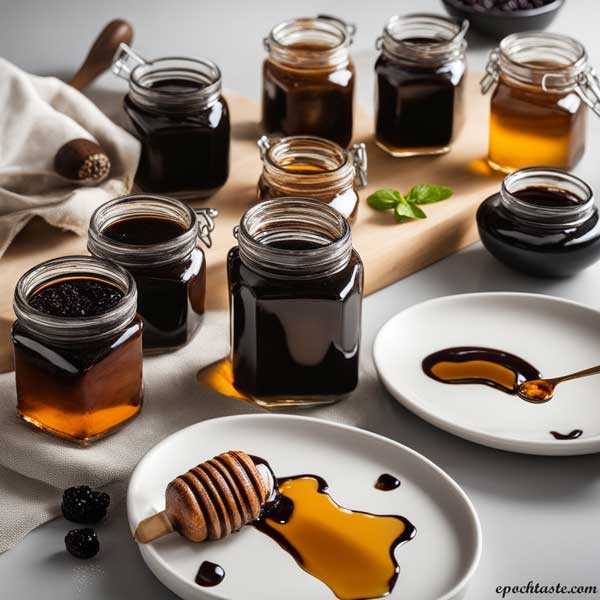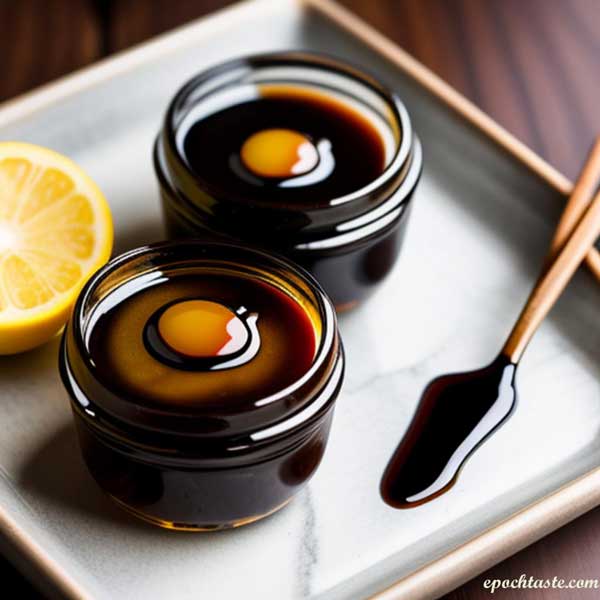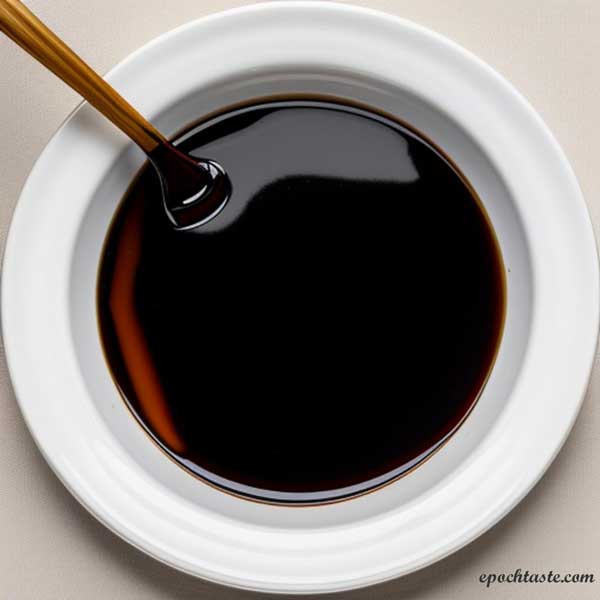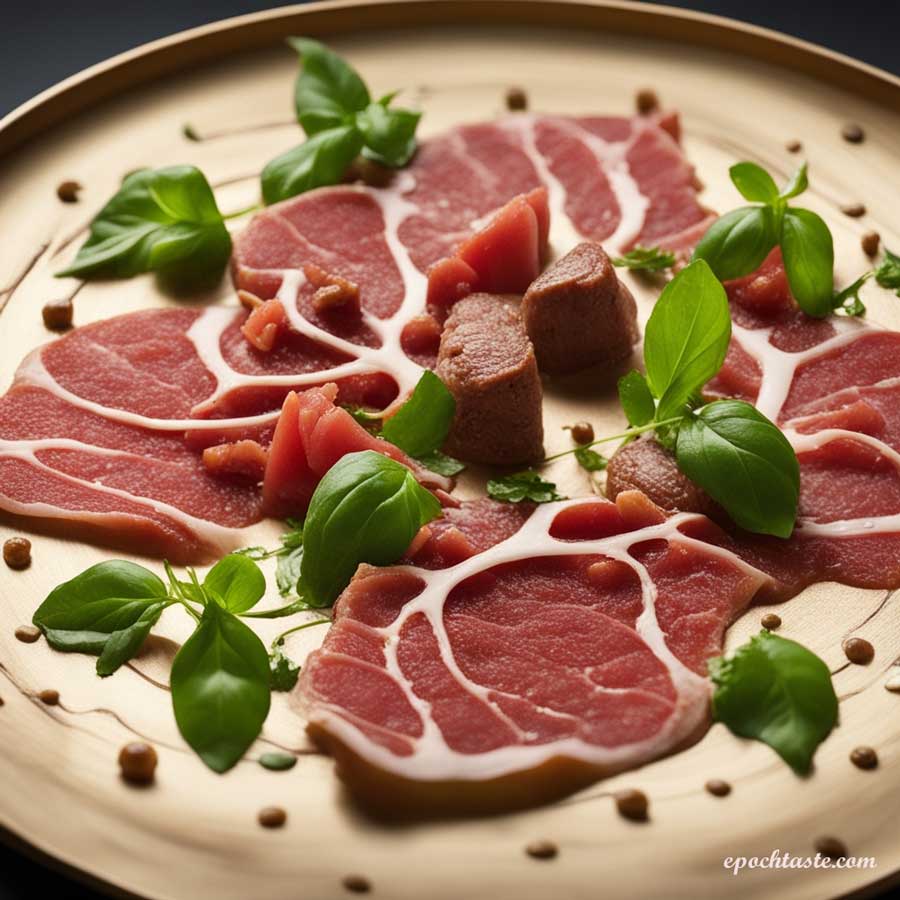Balsamic reduction honey is a culinary delight that combines the rich, complex flavors of balsamic vinegar with the sweetness of honey. This versatile condiment can elevate a wide range of dishes, from savory to sweet, and offers a unique balance of flavors that can transform your culinary creations. In this extensive guide, we will dive deep into the world of balsamic reduction honey, exploring its uses, substitutes, ingredients, and recipes that include the delectable honey balsamic glaze for chicken, brussels sprouts, and various vegetables.

Table of Contents
- Balsamic Reduction Honey: A Sweet and Savory Symphony
- What is Balsamic Reduction Honey?
- A Brief History of Balsamic Vinegar
- The Magic of Combining Balsamic Vinegar and Honey
- Balsamic Reduction Honey Uses: Elevating Your Culinary Creations
- Drizzle on Salads
- Glaze for Meats
- Marinades and Sauces
- Roasted Vegetables
- Fruits and Desserts
- Cheese Pairings
- Cocktail Mixers
- Balsamic Reduction Honey Substitute: Finding Alternatives
- Balsamic Vinegar and Honey Combo
- Honey and Balsamic Vinegar
- Fruit-Infused Vinegar
- Maple Syrup
- Molasses
- Balsamic Reduction Honey Recipe: How to Make Your Own
- Ingredients You’ll Need
- Step-by-Step Preparation
- Storing Balsamic Reduction Honey
- Exploring the Key Ingredients
- Balsamic Vinegar
- Honey
- Additional Ingredients and Flavor Enhancements
- Beyond the Basics: Balsamic Reduction Recipes
- Balsamic Reduction Glazed Chicken
- Caramelized Brussels Sprouts with Honey Balsamic Glaze
- Roasted Honey Balsamic Vegetables
Chapter 1: Balsamic Reduction Honey: A Sweet and Savory Symphony
What is Balsamic Reduction Honey?
Balsamic reduction honey, often referred to as balsamic glaze, is a delectable condiment created by simmering balsamic vinegar and honey until it thickens into a sweet and tangy syrup. This reduction enhances the flavors of both ingredients, resulting in a harmonious blend of sweet and savory notes. The thickness of the reduction can vary according to personal preference, ranging from a thin drizzle to a thick glaze.
A Brief History of Balsamic Vinegar
Balsamic vinegar has a long and storied history, originating in Italy. Traditional balsamic vinegar is made from freshly crushed grape juice that is aged for several years in wooden barrels. This aging process gives it a distinct depth of flavor and complexity. The process for making balsamic reduction honey builds upon the tradition of balsamic vinegar, combining it with honey to create a unique culinary masterpiece.
The Magic of Combining Balsamic Vinegar and Honey
The combination of balsamic vinegar and honey is a true culinary delight. Balsamic vinegar brings its rich, complex, and tangy flavor to the table, while honey offers its natural sweetness and a hint of floral notes. The result is a versatile condiment that can be used in both sweet and savory dishes, creating a harmonious balance of flavors that can take your meals to the next level.

Chapter 2: Balsamic Reduction Honey Uses: Elevating Your Culinary Creations
Balsamic reduction honey is incredibly versatile and can be used in a variety of culinary applications:
Drizzle on Salads: Drizzle balsamic reduction honey over salads for a delightful sweet and tangy dressing that enhances the flavors of fresh greens and vegetables.
Glaze for Meats: Use it as a glaze for meats like chicken, pork, or beef, adding depth and a caramelized finish to your dishes.
Marinades and Sauces: Incorporate balsamic reduction honey into marinades and sauces to infuse your dishes with a burst of flavor.
Roasted Vegetables: Toss your favorite vegetables in balsamic reduction honey before roasting for a delectable side dish.
Fruits and Desserts: Elevate the flavor of fresh fruits or drizzle it over desserts like ice cream, cheesecake, or panna cotta.
Cheese Pairings: Pair balsamic reduction honey with cheeses for an exquisite appetizer or dessert platter.
Cocktail Mixers: Add a dash of balsamic reduction honey to your cocktails for a unique twist on classic recipes.

Chapter 3: Balsamic Reduction Honey Substitute: Finding Alternatives
If you’re out of balsamic reduction honey, fear not! There are alternatives that can provide a similar sweet and tangy flavor profile:
Balsamic Vinegar and Honey Combo: Create your own balsamic reduction by combining balsamic vinegar and honey in a 1:1 ratio. Simmer them together until the mixture thickens to your desired consistency.
Honey and Balsamic Vinegar: Start with honey as the base and add balsamic vinegar to taste. Adjust the ratio until you achieve the desired flavor balance.
Fruit-Infused Vinegar: Experiment with fruit-infused vinegars like raspberry or pomegranate as a substitute. These varieties offer a unique twist on the traditional balsamic flavor.
Maple Syrup: Maple syrup can provide a similar sweetness and depth of flavor, though it lacks the tanginess of balsamic vinegar.
Molasses: Molasses has a deep, complex flavor that can mimic the richness of balsamic reduction, but it may be stronger, so use it sparingly.

Chapter 4: Balsamic Reduction Honey Recipe: How to Make Your Own
Making your own balsamic reduction honey is a straightforward process. Here’s a step-by-step guide:
Ingredients You’ll Need:
- 1 cup balsamic vinegar
- 1/4 cup honey
Step-by-Step Preparation:
- Combine the balsamic vinegar and honey in a saucepan. Use a good-quality balsamic vinegar for the best results.
- Heat the mixture over medium heat, stirring constantly to combine the ingredients.
- Once the mixture comes to a gentle boil, reduce the heat to low and let it simmer. Continue stirring to prevent burning.
- Simmer for 20-30 minutes or until the reduction thickens to your desired consistency. It should coat the back of a spoon.
- Remove the saucepan from heat and let the balsamic reduction honey cool to room temperature. It will continue to thicken as it cools.
- Once cool, transfer it to an airtight container for storage. It can be stored in the refrigerator for several weeks.
Storing Balsamic Reduction Honey:
Store your homemade balsamic reduction honey in an airtight container in the refrigerator. It will thicken further when chilled but can be easily thinned by gently reheating it on the stove or in the microwave.

Chapter 5: Exploring the Key Ingredients
Understanding the key ingredients in balsamic reduction honey is essential to mastering its flavor and creating balanced dishes. Let’s delve into the details of the two primary components:
Balsamic Vinegar:
Balsamic vinegar is a dark, rich, and syrupy liquid that originates from the grape juice of Trebbiano grapes. It is aged for several years in wooden barrels, which impart complex flavors and depth. Traditional balsamic vinegar is known for its sweet and tangy profile, with notes of dark fruits, wood, and caramel.
Honey:
Honey is a natural sweetener produced by bees from flower nectar. Its flavor can vary depending on the type of flowers visited by the bees, giving rise to a wide range of honey varieties. The sweetness of honey is complemented by subtle floral notes, making it a perfect counterpart to the tangy balsamic vinegar.
Additional Ingredients and Flavor Enhancements:
Some recipes may include additional ingredients to enhance the flavor of balsamic reduction honey. Common additions include:
- Garlic: Adds a savory dimension and depth to the reduction.
- Herbs: Fresh herbs like rosemary or thyme can infuse the reduction with earthy and aromatic notes.
- Red Pepper Flakes: For a touch of heat and a hint of spice.
- Salt and Pepper: Seasoning to taste is essential to balance the sweetness and acidity.
Chapter 6: Beyond the Basics: Balsamic Reduction Recipes
Now that you have a solid understanding of balsamic reduction honey, let’s explore some delicious recipes that showcase its versatility:
- Balsamic Reduction Glazed Chicken
This honey balsamic glaze for chicken is a simple yet elegant dish that combines the flavors of savory chicken with the sweet and tangy balsamic reduction honey.
Ingredients:
- 4 boneless, skinless chicken breasts
- Salt and pepper to taste
- Olive oil
- 1/2 cup balsamic reduction honey
- 2 cloves garlic, minced
- Fresh rosemary or thyme sprigs for garnish
Instructions:
- Season the chicken breasts with salt and pepper.
- Heat olive oil in a skillet over medium-high heat.
- Add the chicken breasts and cook until browned on both sides and cooked through.
- Remove the chicken from the skillet and set aside.
- In the same skillet, add minced garlic and cook for a minute or until fragrant.
- Pour in the balsamic reduction honey and stir to combine.
- Return the chicken to the skillet and spoon the glaze over the top.
- Cook for an additional 2-3 minutes, allowing the chicken to absorb the flavors.
- Garnish with fresh herbs.
- Serve hot and enjoy!
- Caramelized Brussels Sprouts with Honey Balsamic Glaze
Brussels sprouts are transformed into a delectable side dish with the addition of a honey balsamic glaze, adding sweetness and depth to their natural earthy flavor.
Ingredients:
- 1 lb Brussels sprouts, trimmed and halved
- Olive oil
- Salt and pepper to taste
- 1/4 cup balsamic reduction honey
- 2 tablespoons melted butter
- 2 tablespoons brown sugar
Instructions:
- Preheat your oven to 400°F (200°C).
- Toss the halved Brussels sprouts with olive oil, salt, and pepper.
- Spread them out on a baking sheet in a single layer.
- Roast for 20-25 minutes or until the Brussels sprouts are tender and slightly crispy.
- In a small bowl, whisk together the balsamic reduction honey, melted butter, and brown sugar.
- Drizzle the glaze over the roasted Brussels sprouts and toss to coat.
- Return the sprouts to the oven for an additional 5-7 minutes until the glaze caramelizes.
- Serve as a delightful side dish.
- Roasted Honey Balsamic Vegetables
Roasting a medley of vegetables with honey balsamic glaze enhances their natural sweetness and brings out their earthy flavors.
Ingredients:
- 2 cups mixed vegetables (carrots, bell peppers, zucchini, etc.), chopped
- Olive oil
- Salt and pepper to taste
- 1/4 cup balsamic reduction honey
- Fresh thyme leaves for garnish
Instructions:
- Preheat your oven to 400°F (200°C).
- Toss the mixed vegetables with olive oil, salt, and pepper.
- Spread them out on a baking sheet in a single layer.
- Roast for 20-25 minutes or until the vegetables are tender and slightly caramelized.
- In a small saucepan, warm the balsamic reduction honey over low heat.
- Drizzle the honey balsamic glaze over the roasted vegetables.
- Garnish with fresh thyme leaves.
- Serve as a delicious and colorful side dish.
Conclusion
Balsamic reduction honey is a culinary treasure that adds depth and complexity to a wide range of dishes. Its sweet and tangy profile makes it a versatile condiment that can elevate your cooking to new heights. Whether drizzled over salads, used as a glaze for meats, or incorporated into your favorite recipes, balsamic reduction honey is a delightful addition to your kitchen.
Experiment with this delightful condiment, create your own balsamic reduction honey, and explore the myriad ways it can enhance the flavors of your culinary creations. From honey balsamic glaze for chicken to caramelized brussels sprouts and roasted vegetables, this sweet and savory symphony is sure to become a staple in your kitchen, delighting your taste buds with every bite.



